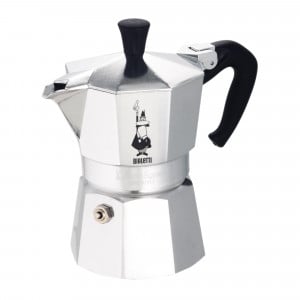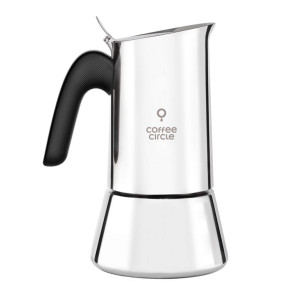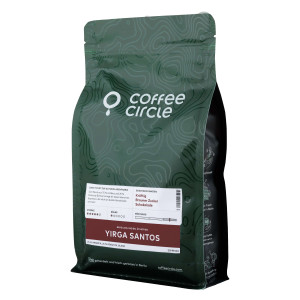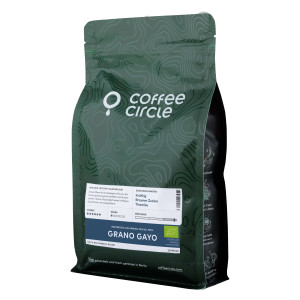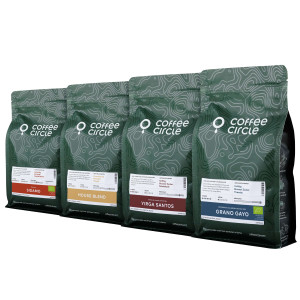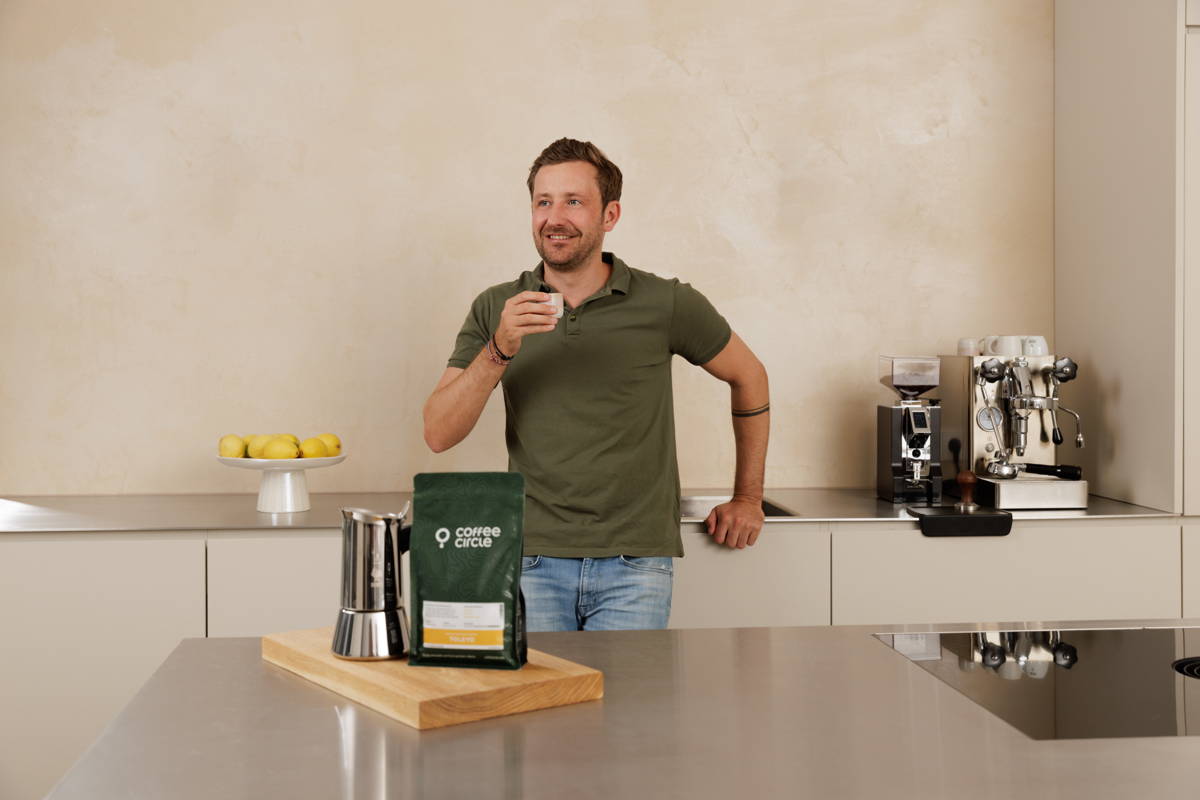
A contribution from Marc in the category #Coffee Knowledge from 18 February 2021
Probably everyone has seen the octagonal design on a friend’s or relative’s shelf or even enjoyed the full, strong taste of coffee from the Italian stove-top pot. We’re talking about the Bialetti coffee maker.
Timeless design since 1933
With the idea of combining caffeine and the national metal aluminium, Alfonso Bialetti revolutionised not only the coffee market but also the Italian way of enjoying coffee. When the first Bialetti ‚Moka Express‘ pot came onto the market in 1933, the symbol of a lifestyle otherwise confined to espresso bars was brought into Italy’s domestic kitchens: at last, coffee could also be sipped in the comfort of one’s own home. Since then, the logo ‚omino con I baffi‘ has been omnipresent – a caricature of the founder Alfonso Bialetti. But the traditional Bialetti company was also open to further developments and now offers newer, modern variants for lovers of the black brew. However, most people don’t know that the „espresso makers“ don’t make real espresso. You need 9 bars to make an espresso. A conventional stovetop pot does not reach this pressure, it only manages about 1.5 bar. More appropriate names for the maker are therefore ‚caffettiera‘ (Italian for coffee pot) or ‚la macchinetta‘ (the little machine). The end product is simply coffee.
The icon for nostalgics: Bialetti Moka
What do Ferrari, Bud Spencer, and the Bialetti Moka Express have in common? That’s right. All three are Italian icons. The latter has been used to brew coffee in 90% of all Italian households since the 1950s. Since then, over 300 million units have been sold, and the ‚caffettiera‘ has become a cult object worldwide. Are you the most nostalgic of all fragrant coffee lovers? Then the Moka Express is your ideal coffee maker. Even though it doesn’t actually make an espresso – the classic convinces with strong, robust coffee, brewed within a few minutes. We recommend our espresso bean for this.
The eight corners, the tried and tested design of the aluminum pot, are characteristic. This enables perfect heat distribution, which is why coffee aromas can develop better. Connoisseurs appreciate being able to brew a coffee ‚in casa come al bar‘ (at home as in the bar) without any prior knowledge. Or on a camping holiday on the gas cooker of your VW-T2 Bulli.
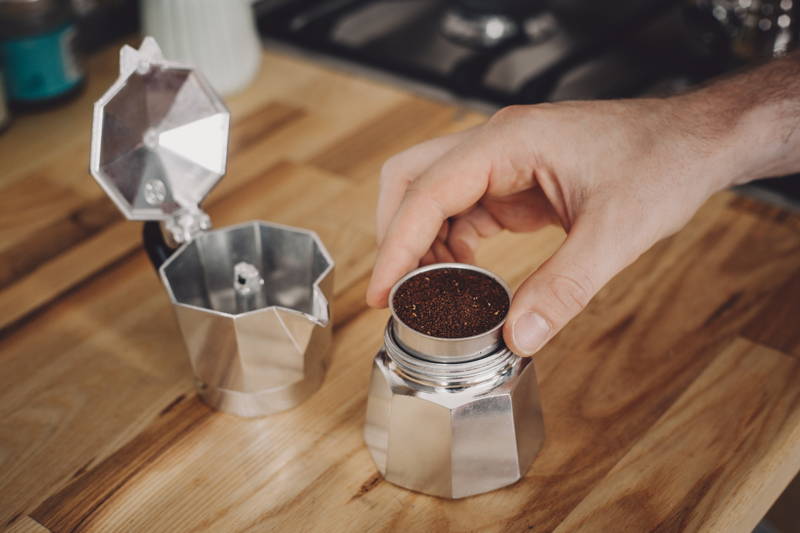
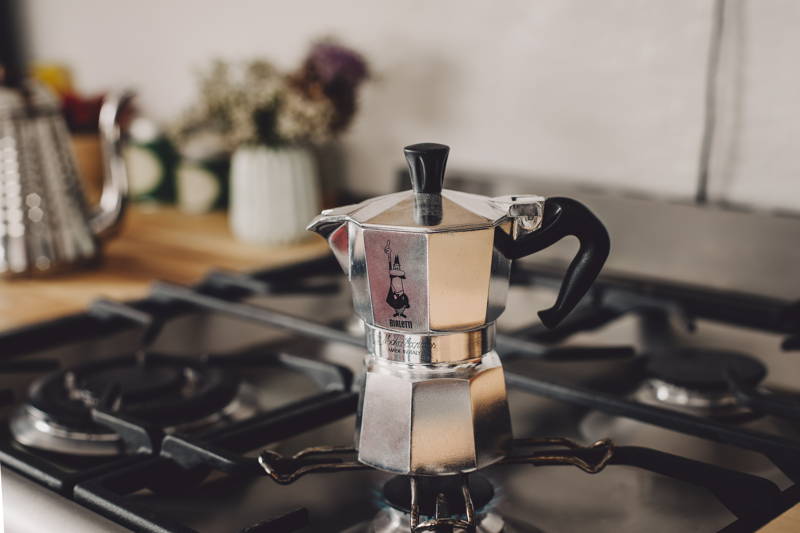
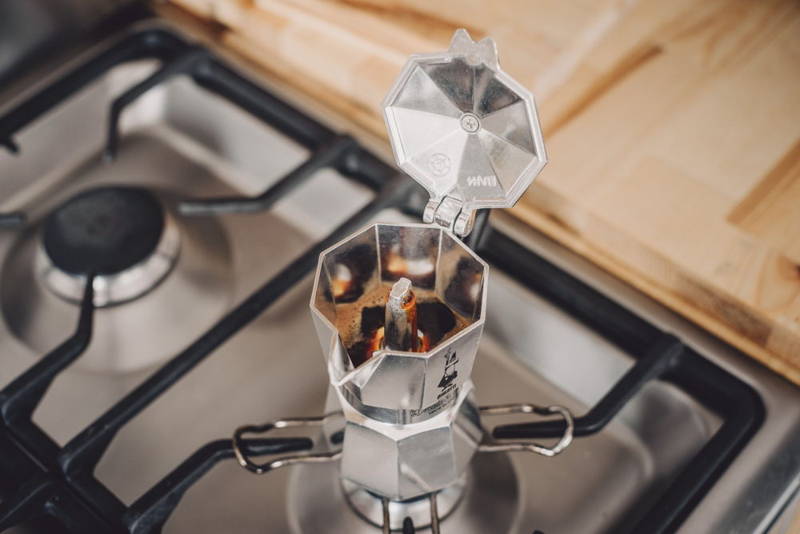
The modern one for crema lovers: Bialetti Brikka
If you like a good cup from the Bialetti but don’t want to give up the crema in your moustache or on your upper lip, there’s the Brikka ‚Caffettiera‘. The first cooker from Bialetti that makes coffee with a velvety-fine crema. The patented pressure valve at the top of the riser tube retains the water in the kettle until twice the pressure of a conventional stovetop cooker is reached. This is necessary for the crema to develop.
At the same time, the Brikka kettle is just as easy to use as the original model. Fill the kettle with water up to the nut and insert the sieve filled to the brim with espresso grounds. Screw it on tightly and bring to the boil. As soon as the liquid rises and it fizzes, remove the maker from the cooker and enjoy the coffee with its crema.
The elegant one for the stylish: Bialetti Venus
Those who do not want to miss the legendary handling of the ‚Macchinetta‘, but like it a little more elegant, reach for the Bialetti Venus. The successor model has a high-quality, refined look thanks to its slender lines and stainless steel finish. Compared to its two brothers, the smoother taste is striking. No matter if you are an art lover and decorate your kitchen with Warhol pictures or if you just like it plain, the Venus looks chic in every kitchen. Burnt fingers are a thing of the past because, like the other models, the handle is heat-resistant; the 4-cup version of the Venus is even suitable for your induction cooker.
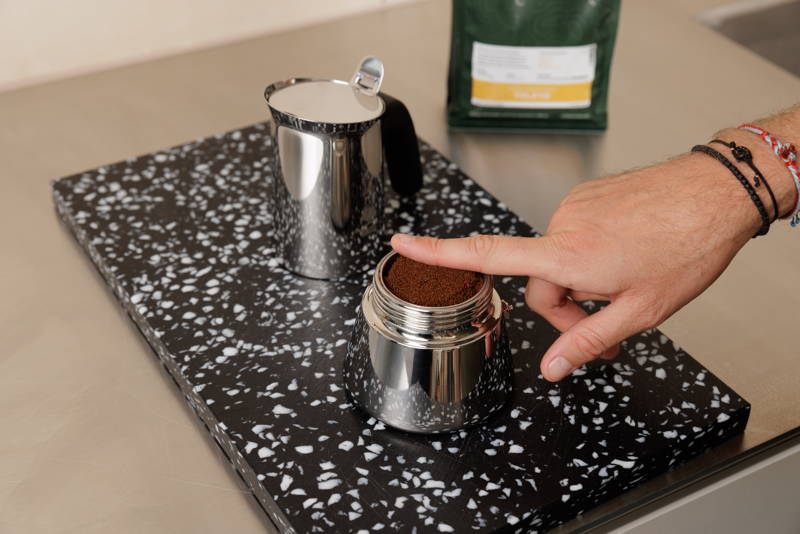
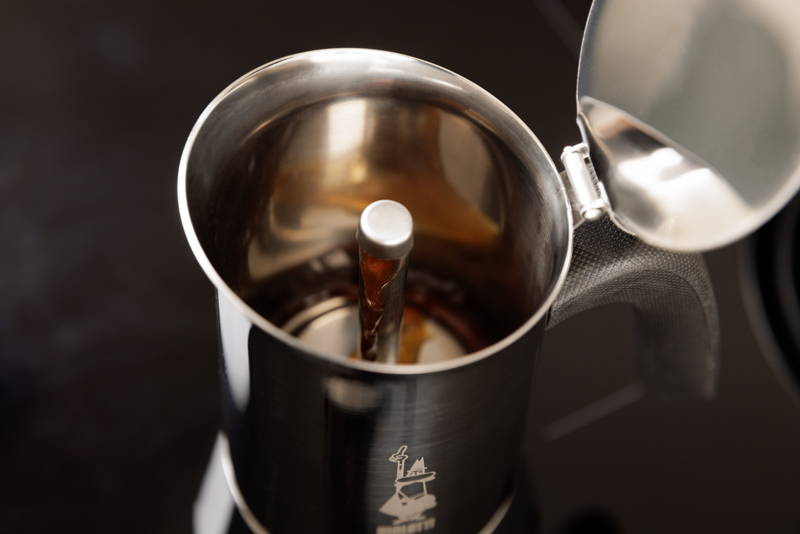
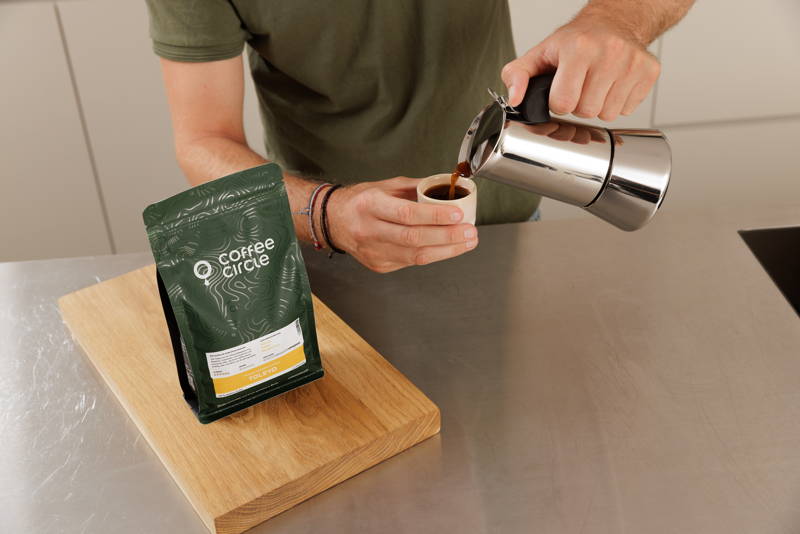
The result
Maybe you’ve already guessed what the Bialetti cooker has to do with washing clothes: The design with the elongated pressure valve is based on laundry washing methods used by Italian women in the 1920s. Dirty clothes were washed in buckets with a pipe in the middle. This pipe pumped the soapy water upwards and distributed it over the laundry, like a toploader washing machine. In any case, the principle of making coffee this way is still tried and tested, whether you are nostalgic, a crema lover or more of a stylish typ
